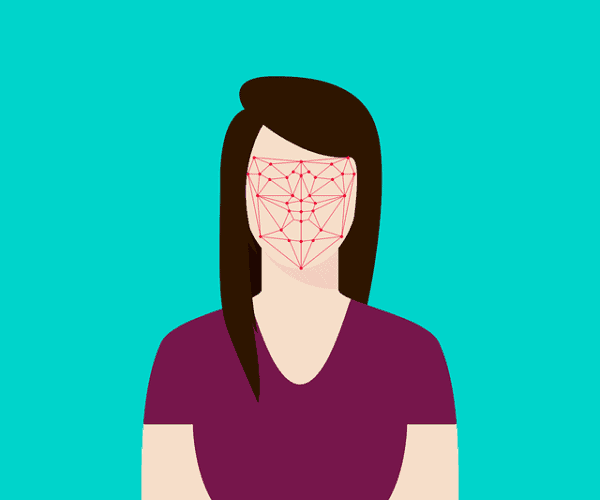Facial recognition technology has been used by law enforcement groups for years, but it also has countless more mundane uses. Any time you use a Snapchat filter on your phone, for example, the software must first identify the features of a face and then properly fit those into the filter’s functions. Similarly, when you upload photos to Facebook, it uses facial recognition technology to match your photos to existing user tags. However, as this technology improves, it’s being implemented for more nefarious tasks, and that’s where things become more controversial.

Policing And Surveillance
One of the primary ways that facial recognition technology is being implemented today is as a form of real time policing. Previously, police could only use such technology as part of a larger investigation; it took too long to analyze the images and run them through the database of faces. Additionally, it could only be utilized the few parties with access to such technology.
Now, with improved technology, nearly anyone can use the internet as a facial recognition tool, even those with no connection to law enforcement. One Google group is working to identify photos of London rioters whose photos have been uploaded online. Meanwhile in Japan, a university is using the technology to take attendance. Facial recognition capabilities are anywhere and everywhere, though there are still questions about its accuracy.
Trust In Technology
Regarding the reliability of facial recognition technology, there are still a number of concerns that plague these tools. The technology is infamously biased and generally unable to recognize faces with darker skin tones accurately, if at all. There’s also concern about whether it can accurately recognize people who have under plastic surgery. Some recommend that allowing individuals to have multiple “face prints” to counter this issue, but that would require a high level of administrative oversight, subject buy-in, and other challenges that largely contradict the principles and premises of using facial technology in the first place. If it’s going to be used for surveillance, it’s unrealistic to expect people to submit repeated facial images.
Chasing Better Recognition
Though facial recognition technology may still face barriers in its broader application, there is extensive competition for control of the market, particularly between the biggest names in technology: Amazon, Facebook, Google, and Apple. These companies are all interested in how facial recognition technology could benefit their work as well as how they can enhance its existing capabilities.
At the same time that all these companies are trying to improve their performance, those who regulate the industry are attempting to impose security norms and lows. In March, Senators Roy Blunt and Brian Schatz introduced the Commercial Facial Recognition Privacy Act of 2019. This law would prohibit companies from collecting facial recognition data for surveillance without user consent. Such a law would have obvious loopholes – most user consent is built into “terms of use” documents that no one reads – but it would be a step in the right direction and shed some light on the use of facial recognition systems and companies’ intent in developing them.
There will undoubtedly be many new developments in the field of facial recognition in the next few years and it will become increasingly normal for our faces to be our primary biomarkers. At present, though, it’s a highly fallible technology with limited reach. It has a long way to go.
 Gearfuse Technology, Science, Culture & More
Gearfuse Technology, Science, Culture & More


